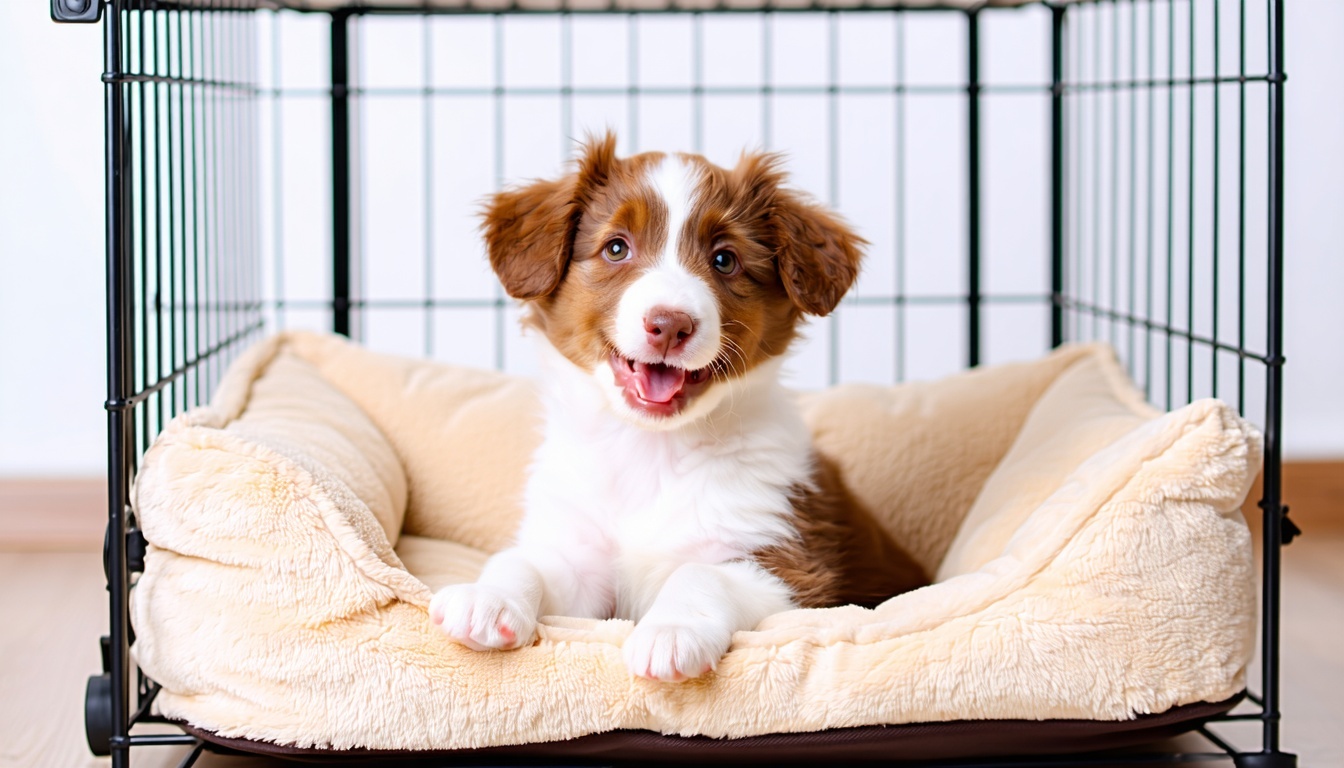Effective Tips on Crate Training Your Puppy

Crate training your puppy can be a game-changer for their behavior and your peace of mind.
Understanding the Benefits of Crate Training
Crate training offers a multitude of benefits for both you and your puppy. It provides a safe and secure space for your puppy, which can help reduce anxiety and destructive behavior. Additionally, it aids in house training by teaching your puppy to hold their bladder until they are let outside.
A well-crate-trained puppy can travel more safely and comfortably, and crates can also assist in managing your puppy's behavior when you are not able to supervise them directly.
Choosing the Right Crate for Your Puppy
Selecting the appropriate crate is crucial for successful crate training. Ensure the crate is large enough for your puppy to stand up, turn around, and lie down comfortably. However, it should not be so large that they can designate a corner as a bathroom area.
Crates come in various materials such as plastic, metal, and fabric. Consider your puppy's size, behavior, and your lifestyle when choosing the crate material. Additionally, make sure the crate is sturdy and has proper ventilation.
Introducing Your Puppy to the Crate
Introduce the crate to your puppy in a positive and gradual manner. Start by placing the crate in a high-traffic area of your home. Leave the crate door open and place some of your puppy's favorite toys and treats inside to encourage them to explore it.
Never force your puppy into the crate. Allow them to enter and exit freely at first. Gradually increase the time they spend inside by offering meals and treats in the crate, always associating it with positive experiences.
Establishing a Crate Training Routine
Consistency is key to effective crate training. Create a schedule that includes regular crate times, such as during meals, naps, and bedtime. Gradually increase the duration your puppy spends in the crate, starting with short periods and gradually extending them.
Ensure that crate time is balanced with ample exercise and playtime outside the crate. This helps your puppy understand that the crate is a restful place and prevents them from feeling trapped or isolated.
Common Mistakes to Avoid in Crate Training
Avoid using the crate as a form of punishment, as this can create negative associations. The crate should always be a positive and safe space for your puppy.
Do not leave your puppy in the crate for excessively long periods. Puppies have small bladders and need frequent bathroom breaks. Additionally, extended isolation can lead to behavioral issues and anxiety.
